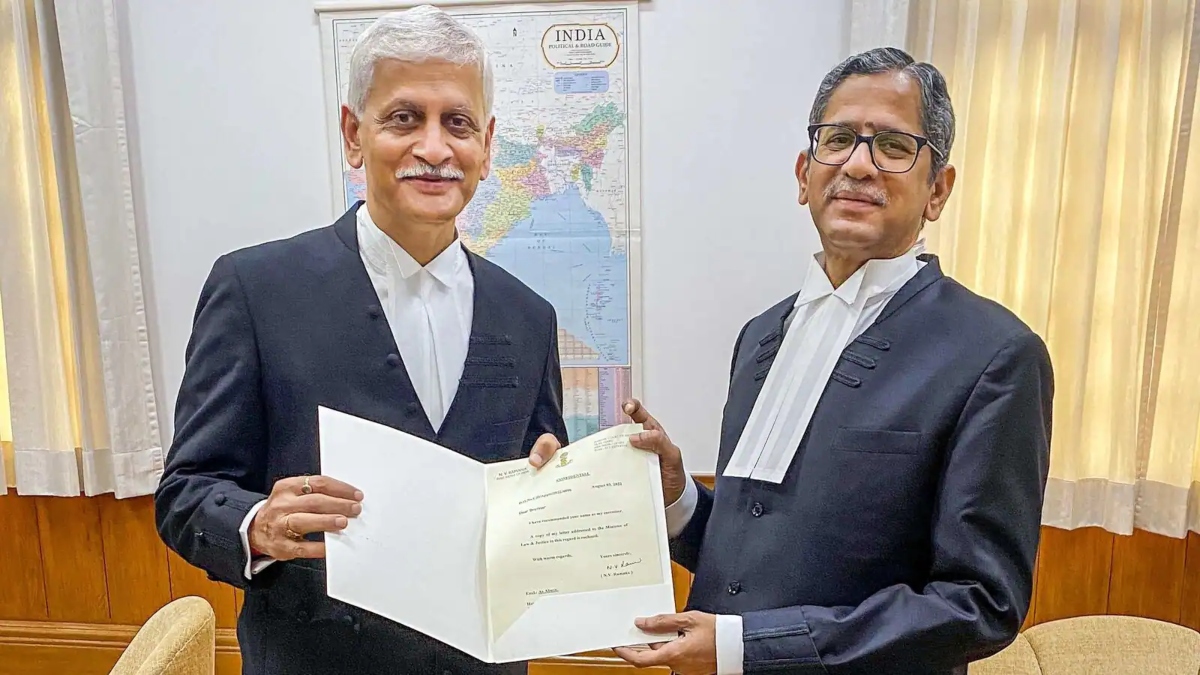With less than two months until his retirement on November 8, the 49th Chief Justice of India, Justice Uday Umesh Lalit, is facing a race against time. This is especially true given the holiday-heavy court schedule at this time of year.
While September is a full working month, the court will only be open for 14 days in October. However, if the CJI wants it and other judges agree, cases can be heard during the Dussehra and Diwali holidays. During the summer vacations of the court in 2015, Chief Justice Khehar (as he was then) heard the National Judicial Appointments Commission (NJAC) case.
Certain statements made by Chief Justice Lalit indicate that he intends to confront the Supreme Court’s challenges head-on.
In recent days, the new CJI has revealed some of his plans. For example, on his first day as Chief Justice, August 29, he scheduled 25 Constitution Bench cases for hearing. These include a challenge to the Constitution (One Hundred and Third Amendment) Act, 2019, which provided for reservations for economically disadvantaged sections, a privacy policy issue with WhatsApp, and jallikattu-related petitions.
The last time a Constitution Bench met was in the Maratha reservation case in March and May 2021. During the tenure of former Chief Justice Ramana, no Constitutional Bench was formed.
Chief Justice Lalit has also stated that at least one Constitution Bench will be operational throughout the year.
The top judge has also promised transparency in case listing so that lawyers are not kept in the dark about the status of their cases. He has promised lawyers that they will be given every opportunity to directly approach the relevant Bench to request an early hearing in cases requiring urgent relief, such as bail pleas.
“I want all 15 benches to be operational,” Chief Justice Lalit stated.
However, it remains to be seen whether he will use his brief tenure to appoint judges to the Supreme Court. Justice R.M. Lodha’s relatively brief tenure as the 41st Chief Justice of India did not prevent him from successfully initiating the appointment of two senior advocates directly to the Supreme Court Bench, one of whom was Justice Lalit himself.
However, Chief Justice Lalit may delegate appointment-making authority to Justice D.Y. Chandrachud, his seniority successor with a tenure of 24.5 months.
The Supreme Court currently has 30 judges, four fewer than the total sanctioned strength of 34.
The case of Justice Lalit brings to the forefront the debate over Chief Justices of India having a fixed tenure. This would assist them in planning and implementing reforms. In fact, Justice Chandrachud currently has the longest tenure of the next six Chief Justices of India. Justice B.V. Nagarathna, who is set to become India’s first female Chief Justice, would be in office for just over a month.
In a recent interview with a media source, Chief Justice Lalit was asked about raising the retirement age of judges from 65 to 67 years, as well as the fixity of tenure, and said it was a matter for lawmakers to decide.
Read more: Justice Uday Umesh Lalit Takes Oath As 49th Chief Justice Of India
















